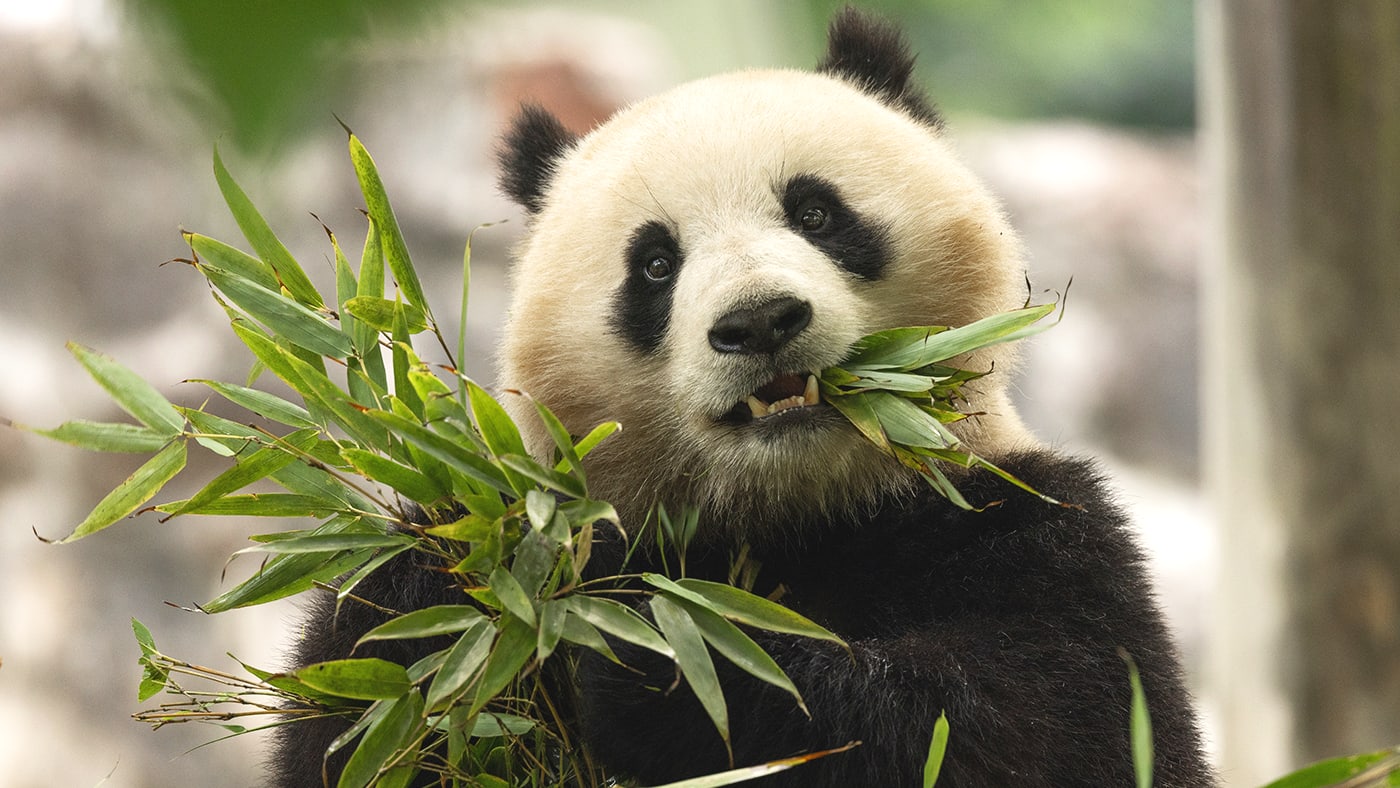Pandas Return to Washington: What You Didn’t Know About These Bamboo-Munching Icons!
USA NEWS – Washington’s National Zoo is buzzing with excitement as its beloved giant pandas have returned, bringing joy back to the nation’s capital. After nearly a year-long absence, 3-year-old pandas Bao Li and Qing Bao made their much-anticipated return from China’s Sichuan province. Their arrival on a FedEx cargo plane, affectionately known as the “Panda Express,” marked the continuation of the U.S.-China agreement to loan pandas to the U.S. The pair will spend the next 10 years at the National Zoo, though visitors will need to wait a little longer to see them in person as the pandas undergo a month-long quarantine to acclimate to their new home. This return symbolizes not just the love for pandas in Washington, but also the collaborative efforts in conservation.
Bao Li’s journey to Washington is more than just a homecoming – it is a continuation of a legacy deeply tied to the National Zoo. As the grandson of the famous Mei Xiang and Tian Tian, who spent over two decades charming zoo-goers in D.C., Bao Li represents the third generation of his family to call Washington home. His mother, Bao Bao, was also born at the zoo before returning to China in 2017. This rich family connection has kept the panda program alive and thriving. Mariel Lally, a panda keeper at the zoo, noted that Bao Li shares many of the playful and curious traits of his grandfather, Tian Tian, making his arrival all the more special to staff and visitors alike.
Despite their seemingly docile nature as bamboo-loving creatures, pandas are surprisingly powerful animals with one of the strongest bite forces among carnivores. Their immense jaw muscles, built to crush bamboo, rival the strength of lions and tigers, showcasing their impressive evolution. When a panda chews bamboo, their jaw muscles stretch so significantly that you can observe their ears wiggle. These incredible adaptations enable pandas to break down the tough fibers of bamboo, which makes up nearly 99% of their diet. This constant eating – up to 14 hours a day – is necessary to sustain them, as their digestive system struggles to absorb all the nutrients from bamboo. To assist with this, pandas have developed a unique pseudo-thumb to help them hold onto bamboo stalks with precision.
The dietary habits of pandas may seem monotonous, but the amount of bamboo they consume daily is staggering. Each panda devours between 70 and 100 pounds of bamboo every day to meet their nutritional needs. Alongside bamboo, the National Zoo also offers them treats like apples, sweet potatoes, and biscuits to ensure they get all the necessary nutrients. Over the years, the zoo has crafted special fruit-flavored ice treats, or “fruitsicles,” which pandas particularly enjoy. Mei Xiang and Tian Tian, for example, loved apple juice-flavored ones, while their cub Xiao Qi Ji had a preference for grape. These treats not only nourish the pandas but also keep them mentally stimulated in their captive environment.
Reproduction among giant pandas, particularly in captivity, remains one of the most significant challenges for zoologists. Female pandas are fertile for just a few days each year, and in the wild, they rely on scent marking and vocalizations to attract potential mates. Unfortunately, in captivity, the natural mating process is difficult to replicate. Male pandas in zoos often retain their aggressive instincts, which can complicate breeding attempts. As a result, artificial insemination has become the primary method for breeding pandas in captivity, and this technique has been widely successful in both the U.S. and China. While natural mating remains elusive, the breakthrough in artificial breeding has been instrumental in expanding the panda population.
Thanks to decades of conservation efforts, giant pandas are no longer classified as endangered, though they remain vulnerable. In 2021, China officially declared that its panda population had grown to over 1,800 individuals, largely due to habitat restoration and anti-poaching measures. This progress was first acknowledged by the International Union for Conservation of Nature (IUCN) in 2016 when they removed pandas from their endangered list. However, the threat of climate change continues to loom, putting their natural habitat at risk. Conservationists are now focusing on protecting bamboo forests and mitigating the effects of climate change to ensure that panda populations continue to grow in the wild.
The partnership between the U.S. and China in panda conservation is a testament to the global commitment to preserving these magnificent animals. With the success of artificial breeding programs and efforts to restore their natural habitat, there is hope that more pandas will one day be reintroduced into the wild. For now, Bao Li and Qing Bao’s presence at the National Zoo serves as a powerful reminder of what can be achieved through collaboration and dedication to wildlife conservation. Their story is not just one of survival, but of thriving, offering optimism for the future of giant pandas.

